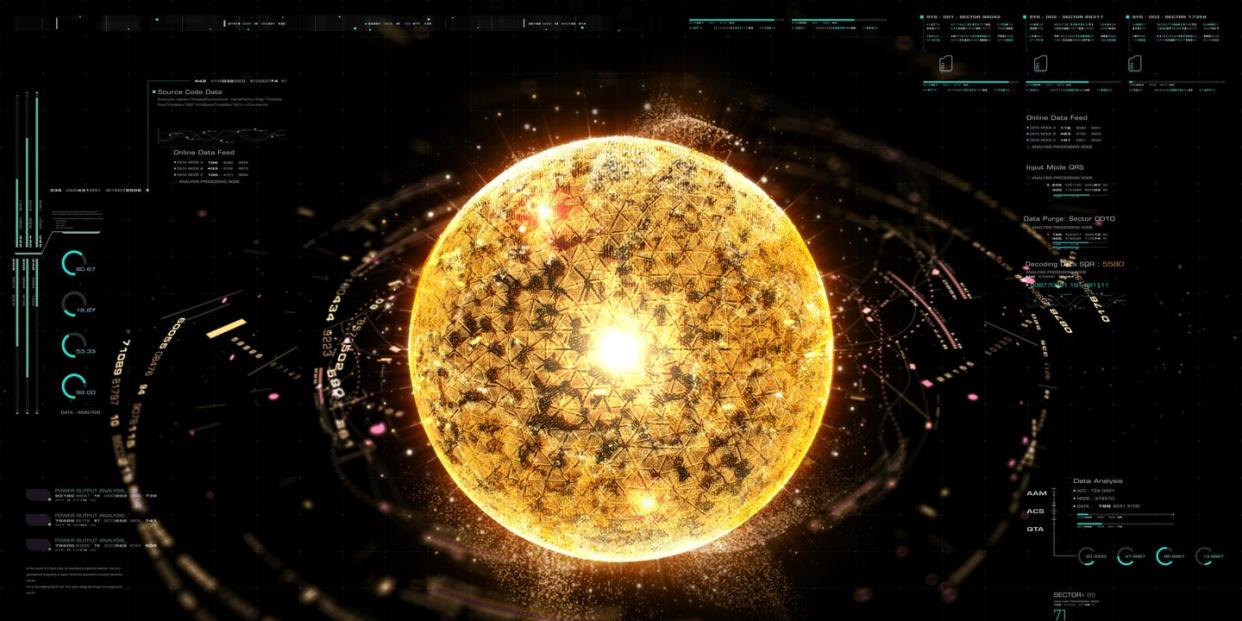For Better Fusion Reactors, We Must Stop the Blobs

An analysis shows a link between magnetic turbulence and blobs in tokamak fusion reactors.
Fusion projects like ITER require a lot of lead time, and turbulence can take them offline for weeks.
In some portions of research, blobs formed predictably at specific magnetic locations.
Researchers from a Department of Energy lab say they’ve linked the fluctuating turbulence blobs inside tokamak fusion reactors with overall changes to the whole magnetic fields in these devices. Tokamaks are donut-shaped fusion reactors where plasma is brought up to temperatures hotter than the sun, and disruptions can require weeks of work to fix.
“The blobs and fluctuations in the magnetic field, called ‘magnetohydrodynamic (MHD)’ activity, develop in all tokamaks and have traditionally been seen as independent of each other,” Princeton Plasma Physics Laboratory (PPPL) said in a statement. The scientists say identifying the link could help make for more stable and predictable tokamak reactors, where the formation of blobs could be used to curb further disruption.
To identify this correlation, researchers reexamined results from the 2010 National Spherical Torus Experiment. They found the sites with the most concentrated MHD activity formed blobs in a predictable way, and at time intervals that synchronize with the frequency of the MHD activity. Those blobs rocketed through the plasma stream, “at roughly the speed of a rifle bullet,” in similarly regular paths.
Plasma, which is only found in labs on Earth but makes up “99 percent of the visible universe,” is most of what we see in the night sky. All stars are made of continuously heated gas, but only some are hot enough to basically become long-term nuclear plasma reactors. Stars are contained by gravity, in an equilibrium that lasts their entire lifespans.
“During most [of] a star's lifetime, the interior heat and radiation is provided by nuclear reactions in the star's core. This phase of the star's life is called the main sequence,” NASA explains.
Yes, stars are naturally contained by their relationship with gravity—but they also take millions of years to develop and get up to speed. Turbulence is an impediment to carefully designed tokamaks, but it’s a key element to the birth of stars. Tokamaks offer the promise of virtually limitless power if they can operate at full strength with limited downtime, and since the dawn of the Nuclear Age, scientists have imagined capturing that lightning in a bottle. Literally.
Edge turbulence and instability have been one of the major obstacles to tokamak design since the beginning. That’s why any new information about the relationships between disruptive phenomena is so huge. When the scientists from PPPL reran the numbers from the 2010 experiment, they found 10 percent of the scenarios showed the link between MHD activity and blob formation. That warrants further investigation, which the scientists hope their paper will help to encourage.
The development cycle for nuclear fusion technology can seem long, especially compared to the iterative improvement of fission reactors—the ones in all of our nuclear power plants today. These grow smaller, easier to contain, and more predictable over time. They’re highly regulated and fairly easy to install after decades of continuous improvement by scientists and engineers. But fusion is several times more energy dense and produces far less nuclear waste.
The promise is huge ... if we can ever fully tame the blobs.
You Might Also Like

 Yahoo News
Yahoo News 
